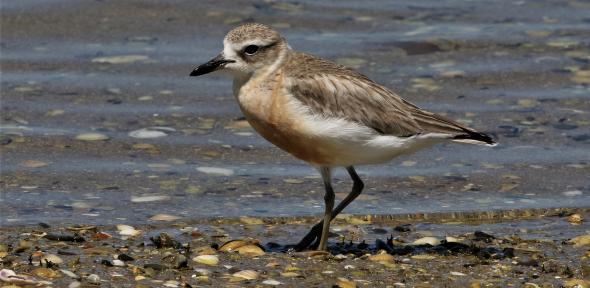
Submitted by Diane L. Lister on Tue, 18/03/2025 - 16:33
A major review of over 67,000 animal species has found that while the natural world continues to face a biodiversity crisis, targeted conservation efforts are helping bring many species back from the brink of extinction.
The study draws on data from the IUCN Red List, the world’s largest database of species conservation status. The researchers say their results, reported in the journal PLOS Biology, highlight both the successes and the need for urgent action.
The world is facing a global biodiversity crisis, with 28% of more than 160,000 assessed species threatened with extinction, and an estimated one million species facing this fate due to human activities. However, conservation measures can be successful, if there is concrete evidence about what works.
The researchers, led by the University of Cambridge with the IUCN, BirdLife International, and Oxford and Durham Universities, used Red List data to assess whether conservation measures had been put in place, and whether those actions had a positive impact on a given species’ conservation status.
“We found that almost all the species that have moved from a more threatened category to a less threatened category have benefitted from some sort of conservation measures,” said lead author Ashley Simkins, a PhD candidate in Cambridge’s Department of Zoology and based in the Conservation Research Institute. “It’s a strong signal that conservation works.”
Read the full press release by Sarah Collins on the University of Cambridge website here
Read the article by Abigail Youngman on the Zoology website here
Ashley T. Simkins et al. ‘Past conservation efforts reveal which actions lead to positive outcomes for species.’ PLOS Biology (2025). DOI: 10.1371/journal.pbio.3003051
Photo credit: Paul Donald - New Zealand plover
